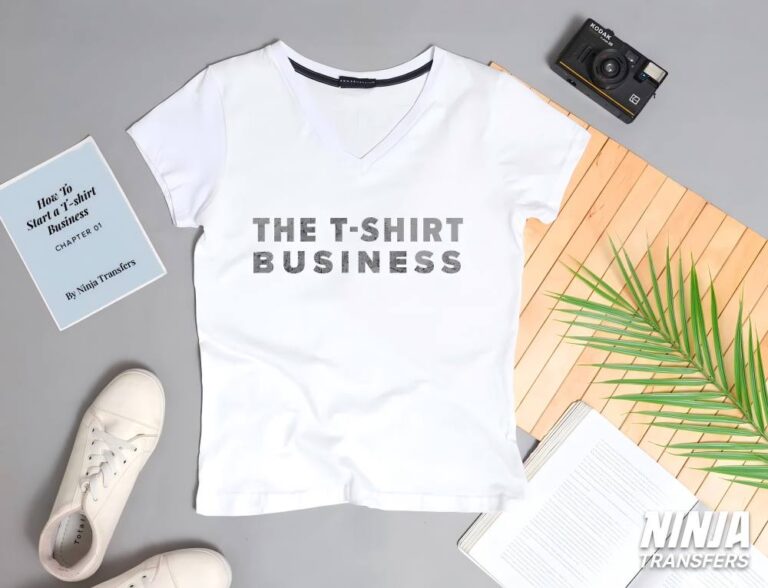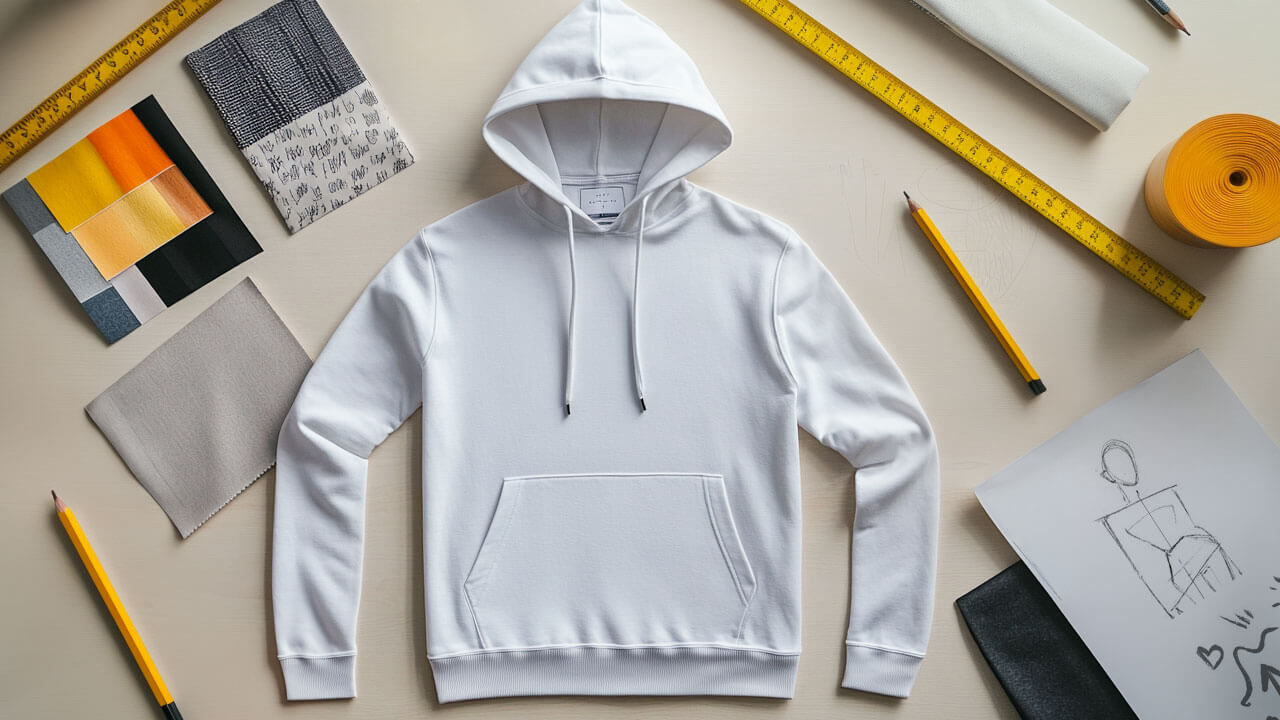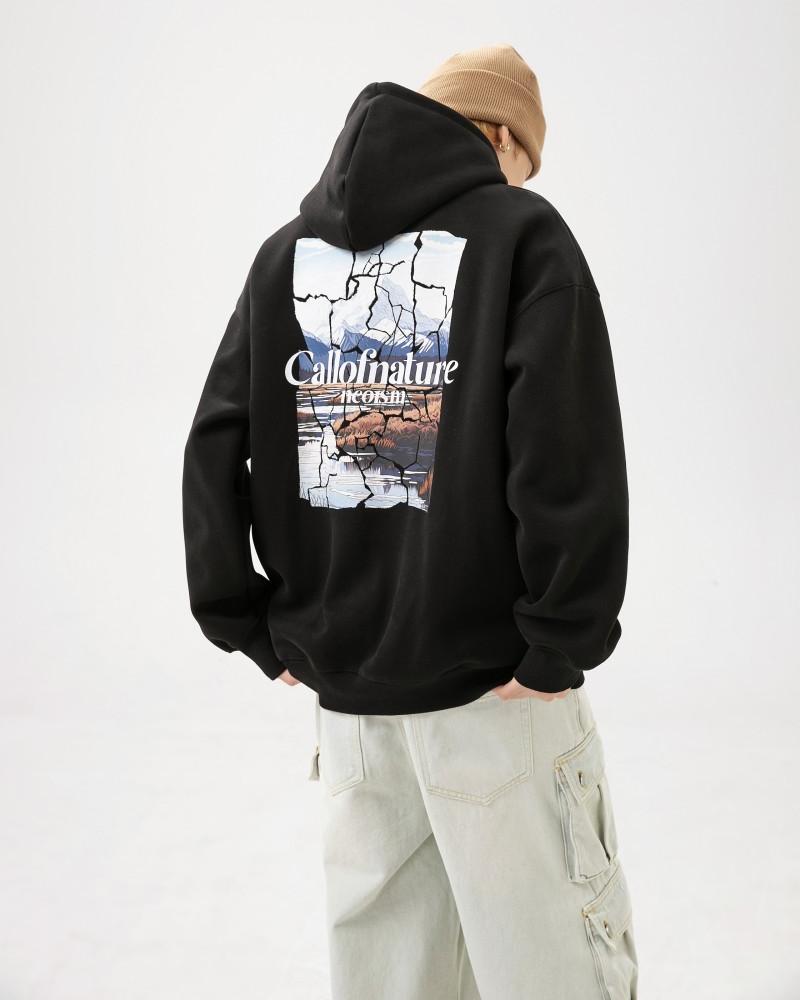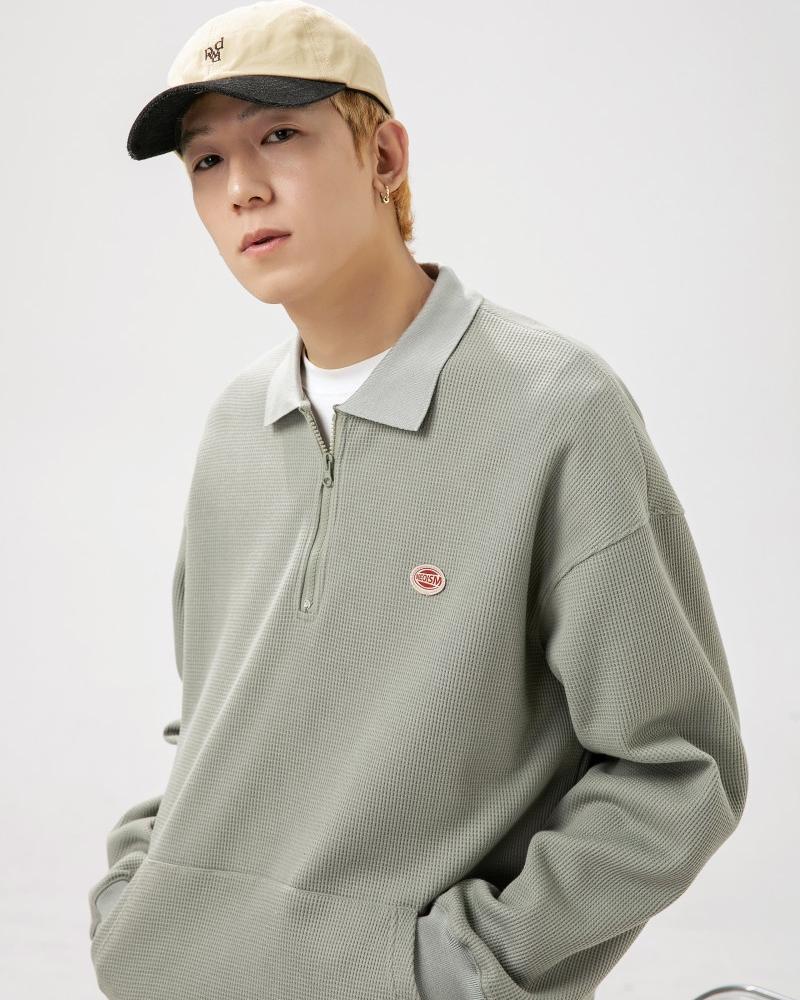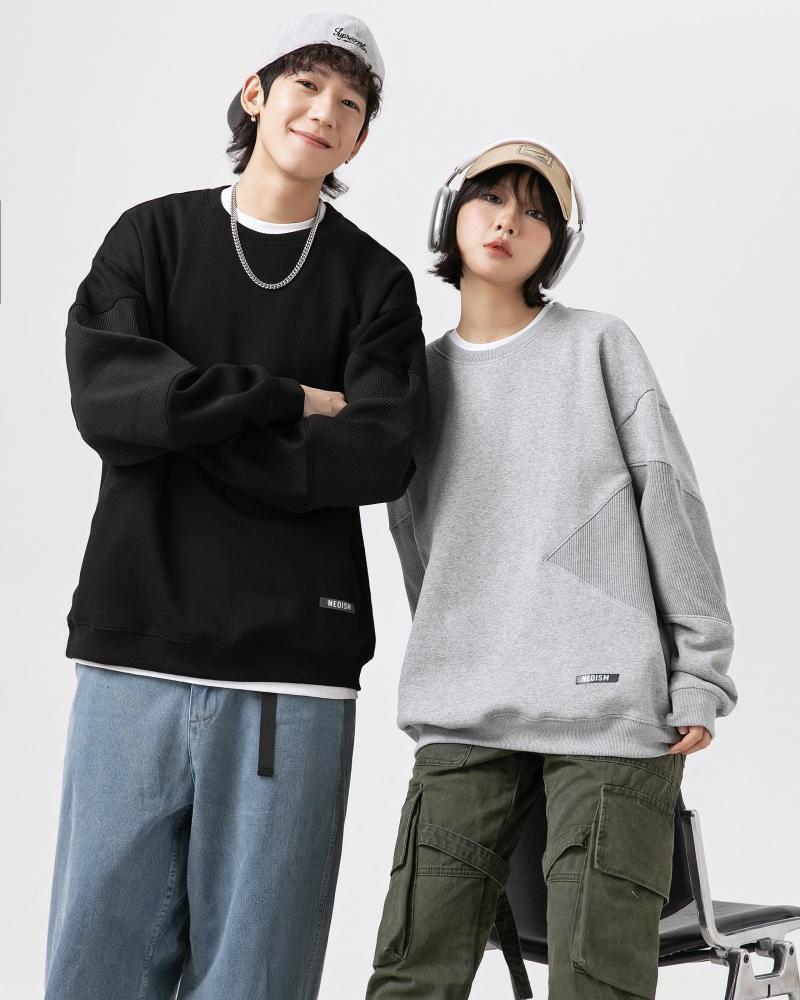-
No. 28, Zhanqian 1st Street, Liuhua Subdistrict, Yuexiu District, Guangzhou City
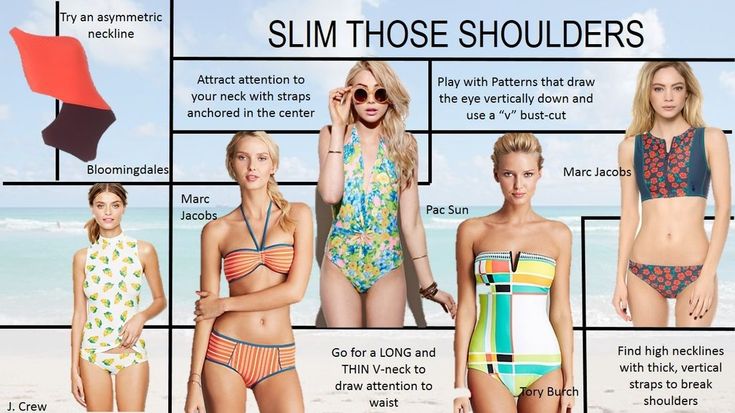
The Science of Superior Swimwear
Table of Contents
Abstract
This definitive guide reveals the 10 pillars of premium swim trunk production, blending performance fabrics with cutting-edge design. Through comparative material analysis, construction benchmarks, and sustainability innovations, we decode how industry leaders craft swimwear that withstands saltwater, chlorine, and fashion trends alike. Designers and brands will gain actionable insights from fiber selection to ethical manufacturing.
1. From Wool to Warp-Knit: The Technical Evolution of Swim Trunks
Thesis: Modern swimwear leverages century-old innovations
- 1920s: Wool jerseys replaced by elasticized cotton (Jantzen’s “suits that dry in 10 minutes”)
- 1970s: DuPont’s Lycra® revolutionized fit (82% stretch recovery vs. cotton’s 65%)
- 2020s: 78% of premium brands use recycled nylon (Textile Exchange 2024)

2. Fabric Engineering: Where Chemistry Meets Performance
Thesis: Fiber blends dictate functionality
- Nylon 6,6: 2x more chlorine-resistant than standard nylon (Speedo Hydroknit®)
- PBT (Polybutylene Terephthalate): Holds color 3x longer under UV exposure (Patagonia’s Fair Trade Certified line)
- Econyl®: Regenerated nylon reduces ocean plastic use by 90% vs. virgin materials
Sustainability Win: Adidas x Parley swim trunks weave 11 plastic bottles per pair.
3. Pattern Precision: Geometry of the Perfect Fit
Thesis: 3D modeling eliminates fit issues
- Motion Mapping: Brands like Orlebar Brown use 18-point body scans to optimize gusset designs
- Seam Reduction: High-end trunks average 6 panels vs. fast fashion’s 12 (cuts water drag by 15%)
Pro Tip: Japanese “Tokoname” pattern matching aligns prints within 1mm tolerance.
4. Stitch Science: Why Seam Construction Matters
Thesis: Stitch type determines longevity
- Flatlock Stitching: Withstands 200+ washes (industry gold standard)
- Ultrasonic Welding: Bonded seams increase tear strength by 30% (Used in Arena’s Carbon Flex suits)
Red Flag: Chainstitched hems unravel after 20 saltwater exposures.
5. Waistband Wars: Elastic vs. Drawcord
Thesis: Closure systems impact performance
- Silicone-Gripped Elastic: 98% slip-proof retention (See: RVCA’s surf trunks)
- Quick-Dry Drawcords: Nylon/PBT blends resist mildew (Key in humid climates)
Innovation Alert: Salty Crew’s magnetic fly closures shave 5 seconds off bathroom breaks.
6. Print Perfection: Sublimation vs. Screen Printing
Thesis: Dye methods affect vibrancy and cost
- Sublimation Printing: No cracking after 50+ washes (Cost: $18/yard)
- Screen Printing: Limited to 6 colors but 40% cheaper for small batches
Case Study: Volcom’s 3D digital prints require 0 water in production.
7. Sustainable Manufacturing: The New Competitive Edge
Thesis: Eco-credentials drive purchases
- Waterless Dyeing: Dope-dyed fabrics save 45L water per trunk (See: Outerknown’s ECONYL® line)
- Plant-Based Waterproofing: Coconut wax coatings replace PFCs (Pioneered by Finisterre)
Consumer Data: 67% pay 15% more for Bluesign® certified swimwear (Nielsen 2024).
8. Quality Control: Industry Secrets Revealed
Thesis: Rigorous testing separates premium from disposable
- Chlorine Resistance: 100-hour accelerated exposure tests (ISO 105-E03)
- Colorfastness: 50+ wash cycles without fading (AATCC Test Method 61)
Luxury Benchmark: Tom Ford trunks undergo 32-point inspections.
9. Cost Breakdown: Why Prices Range from $20 to $200
Hidden Cost: UV-protective fabrics add $3.50/unit but justify 20% markup.
10. Future Trends: Smart Textiles Enter the Mainstream
Thesis: Technology enhances function without sacrificing style
- Solar-Powered Trunks: Wearable PV cells charge devices (Proto: SPFUME 2025)
- Biodegradable Elastane: 6-month decomposition (Amni Soul Eco® trials)
Stat: 42% of millennials want swimwear with embedded activity trackers (McKinsey).
FAQS
1. What’s the most durable swim trunk fabric?
Nylon 6,6 resists chlorine 2x better than standard nylon, while Econyl® recycled nylon reduces ocean plastic by 90%.
2. Why do premium swim trunks cost more?
They use Italian 4-way stretch fabrics (+$120/yard) and 1-hour craftsmanship vs. budget polyester and 12-minute production.
3. What stitch type lasts longest?
Flatlock stitching survives 200+ washes; avoid chainstitching (fails after 20 saltwater exposures).
4. How do eco-friendly trunks perform?
Dope-dyed fabrics save 45L water per pair; coconut wax coatings replace toxic PFCs.

